The paramount importance of kitchen lighting
Ceiling lights are central to the lighting scheme of a kitchen. Kitchens are the heart of the home and the center of family life. They are probably the most complicated rooms of a house to plan because there’s so much going on. A bustle of movement and activity takes place around countertops, islands, and the kitchen. The kitchen perhaps sees the most varied tasks are performed, which range from chopping, mixing, whipping, slicing, peeling, dicing, frying, boiling, grilling, baking, washing and eating to doing homework and balancing the checkbook. Today’s kitchens are not simply a place to prepare food, they the heart of the home. The aroma of freshly made coffee, seafood, bread or cakes emanating from the kitchen draw in family members from all over the house. It’s where they chat about their day, share their joys and sorrows, and hatch plans to take challenges on.
Lighting layers in a kitchen
As the hub of household activity, kitchens are used extensively after dark, as well as during the daytime. Therefore, lighting is a key element in creating a safe, comfortable and attractive kitchen space. Kitchen ceiling lights are used primarily to provide ambient and task lighting. Small kitchens may be accommodated by a central ceiling fixture. More elaborate kitchens incorporate all three lighting layers—ambient, task, and accent—which can be used separately or simultaneously depending on purpose or time of day. Ambient ceiling lights are used to fill the space with a soft level of overall light for taking care of basic visual requirements. Task lighting is employed to provide shadow-free lighting of areas where food preparation occurs or other tasks are performed. While serving as the ambient or task layer of lighting, kitchen ceiling lights can simultaneously stand out as artistic centerpieces that set the tone of the kitchen and inject your personality into the space.
Close-to-ceiling lights
Overhead ambient and task lighting can be provided by recessed lights, close-to-ceiling lights, track lights, pendant lights and chandeliers. Installed in the ceiling with only the trim showing, recessed light fixtures are available as floodlights for ambient lighting and spotlights for task lighting. Recessed downlights with a small aperture are best placed around the perimeter of the room and approximately 30”away from the wall. Recessed ambient lights have a light emitting surface (LES) larger than directional downlights. They’re installed in lay-in or T-grid ceilings and provide a wide distribution of light through acrylic diffusers. Close-to-ceiling lights include flush-mount lights and semi-flush mount lights. Flush-mount lights hug the ceiling to provide widespread, uniform illumination with minimal disturbance of the ceiling plane. Semi-flush mount ceiling lights are suspended a few inches from the ceiling. These fixtures are designed especially for making a statement where low-hanging pendant fixtures would interrupt functionality and flow. Track lighting permits maximum flexibility and is usually not restricted by the type of ceiling construction.
Chandeliers and pendants
Chandeliers are highly decorative lighting fixtures that are characterized by an intricate system of parts. These fixtures do wonders to define the space just below the ceiling and create enchanting ambiance and exquisite styling for the space. Pendant lights can provide both ambient and ambient lighting. Hanging an artistic pendant in place of a traditional chandelier can equally inspire conversation and showcase impressive design sensibilities while providing an enchanting ambiance. Pendant lights that provide task lighting come with a shade designed often in a cone, tear drop, or cylinder shape. These types of lights can be mounted solo or in multiples above a kitchen island or peninsula to provide localized pools of light for specific, high-concentration tasks.
Lamp-based LED systems
Today’s kitchen ceiling lights are all LED-based systems which operate more efficiently, last longer, and deliver more options and features than light fixtures using traditional technologies. LED ceiling lights fall into two types depending on the level of integration: lamp-based LED systems and integrated LED systems. Lamp-based LED ceiling lights are essentially LED retrofit fixtures. These fixtures are originally designed to use incandescent, halogen or fluorescent lamps but now use LED light bulbs in replacement of legacy light sources. The LED replacement bulbs are designed with the same lamp base and similar lumen output, light distribution and physical dimensions of conventional light bulbs.
Using LED lamp retrofits provide the fastest and least expensive way to upgrade existing incandescent, halogen or fluorescent fixtures to LED systems. LED replacement bulbs, however, are usually not sold with a meaningful warranty as they’re made with compromises in thermal management, driving circuits, and light source quality due to the limited internal space and intense cost pressures. Lamp-based LED systems become old-fashioned because of the unique operational characteristics of LEDs. There are, however, chandeliers and pendant lights of which exposed bulbs are central to the design. These types of light fixtures typically incorporate vintage style LED filament bulbs as a decorative element.
LED ceiling lights with integrated light engines
The key to unlocking the full potential of LED lighting is to have the thermal, electrical and optical systems work in unison so that the LEDs operate under optimal conditions. Integrated LED ceiling lights throw away bulky light bulbs and have the LEDs integrated into the design of the luminaires. This approach allows LEDs to receive better thermal management by using entire fixture housing as the heat sink. Robust drivers and more lighting controls can be built into the systems thereby enabling flicker-free lighting, smooth dimming control, human centric lighting (HCL), and further energy savings through the use of occupancy sensing, daylight harvesting and connected lighting technologies. Luminaire designers can take full advantage of LED’s small size, directional nature and wide variety of available secondary optics to create an infinite variety of original designs that blend art, sculpture, and light.
Color quality
The quality of light is critical to the visual comfort, task performance, visual perception, health and well-being of people that use the space. Kitchen ceiling lights that provide ambient lighting must be designed to illuminate a soft and glare-free light. Use an LED driver that can effectively remove the current ripple at the output for flicker-free lighting. The light source of directional task lights should be shielded from the field of view. The color render performance of a light source is among many factors that should be evaluated in choosing the best ceiling lights for kitchen lighting. LEDs with a general CRI, also denoted by Ra, of 90 and above is considered excellent for residential applications. It’s always safe to use a warm light sources (2700 K to 3000 K) which can create an intimate ambiance and are less disruptive to the circadian rhythm.

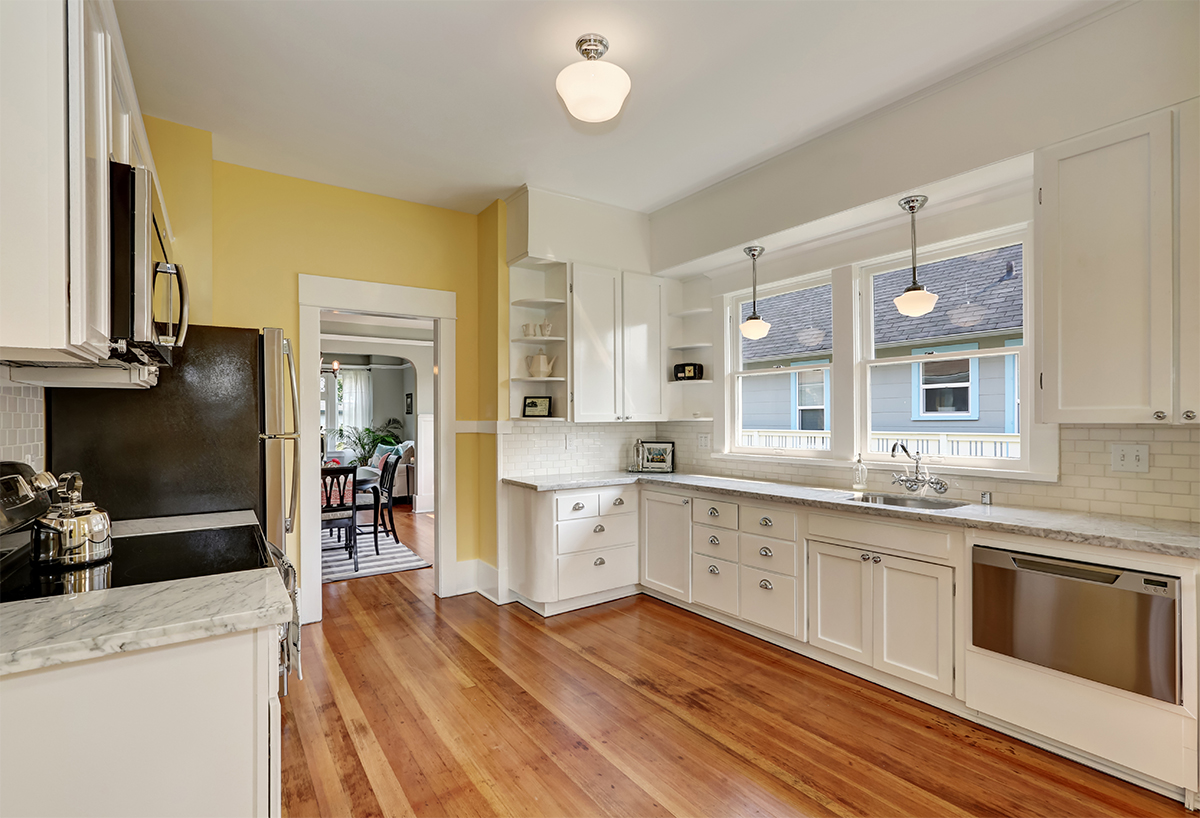
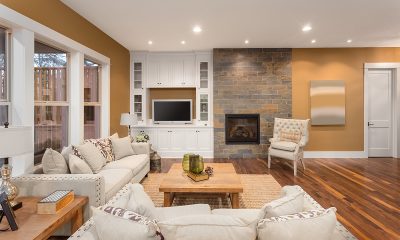
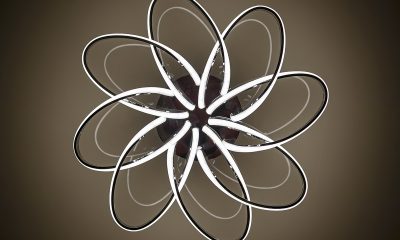
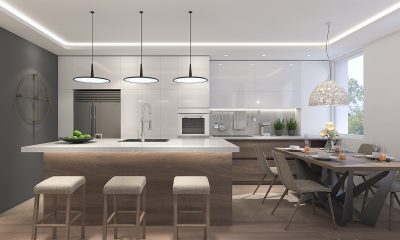
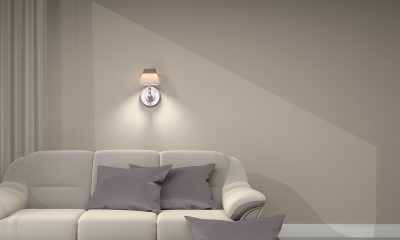
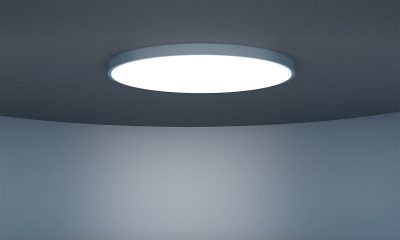

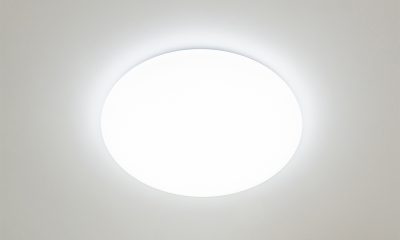
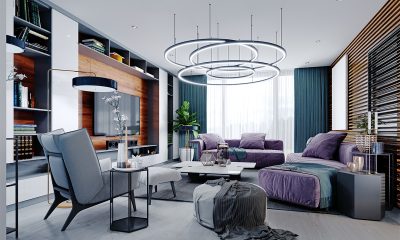
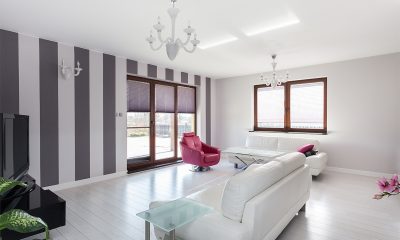
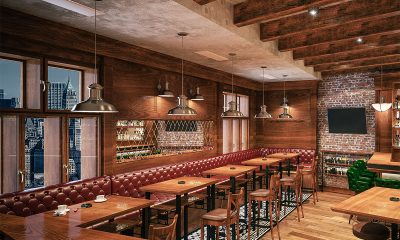
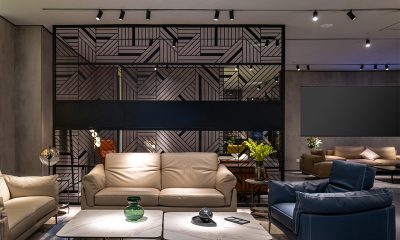
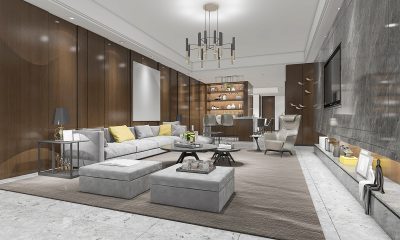





Loading...